ActionFuture: why should we be confident that share prices will recover?
In 2010, as you strolled through the centres of major cities, you began to see metal-buying shops springing up. Until then, these new financiers were only interested in the gold in our jewellery or our teeth. But now a change is underway. Now, in addition to our finery, these new brands are also eyeing up our silverware. It was a surprising phenomenon, and I was very surprised when, a few weeks ago, I received a leaflet in my letterbox informing me that the tobacconist's in my town was offering a free appraisal of silver objects, with a view to buying them back, of course. My tobacconist got involved too, and with him a good dozen new local shops!
An advert on a television channel offering to send jewellery and other valuables for an appraisal and then to receive cash directly by bank transfer showed me just how widespread this new quest for precious metals was becoming. All this advertising and canvassing makes you wonder what could be so special about silver metal in the eyes of all these traders.
A little history: the age of money
Silver in its natural state was discovered over 5,000 years ago. At the time, this metal, like gold, which was discovered earlier, had symbolic value. It was seen as the footprints of the gods on Earth, and anyone who possessed it had a mystical aura about them. From then on, no material was more important to mankind and its history than silver metal. From the earliest Neolithic civilisations, the metal began its ascent and took its place in human life, even though the actual extraction of silver did not begin in Anatolia until 3000 BC. The process was highly complex. In its natural state, silver is often mixed with lead, a toxic product that poisoned the miners. So it was slaves destined for the gallows who had to do the work. Notwithstanding this tragic fate, it was the silver deposits that helped to fuel the empires and civilisations that sprang up, notably those of the Near East, Crete, Greece and Egypt.
Its pure white colour, solidity and malleability are seductive. It was therefore transformed into jewellery and everyday objects; in other words, silver was first used for its aesthetic qualities, for decorative purposes.
It wasn't until around 520 BC that silver metal was used as money in the form of coins. Of course, this was not the first time that silver had been used as currency, as the Lydian people used coins made of electrum, an alloy of gold and silver that could be found naturally in Lydia's rivers. If at first sight the name doesn't ring a bell, the name of Croesus will surely awaken some memories in you. The expression 'as rich as Croesus' is very real indeed, since it was in the ruined foundations of his palace that jars filled with coins were discovered. These electrum and silver coins (known as staters or half-staters) varied in weight from 8 to 17 grams and already had a face value, since the engraved symbols represented a city iconographically: the bee of Ephesus, the sphinx of Chios or the owl of Athens. These coins were not, however, a rational means of payment, but rather an emblem of prestige for cities and/or wealthy families.
Rome subsequently adopted it in 269 BC as part of its monetary system. From then on, it was used mainly for trade. [In the 2nd century, 200 tonnes of silver were mined every year for the needs of the Roman Empire]. Silver coins were much more widely used than gold coins; the white metal was used for everyday transactions. "Gold was the currency of kings, silver that of men". It was Spain and its "mons argentarius" (literally silver mountains, in southern Iberia) that overtook Greece to become the capital of silver production around 100 AD, even though deposits were discovered and exploited between 750 and 1200 in Central Europe, particularly in Germany and Eastern Europe.
In the Middle Ages, however, silver did not really have pride of place, as the need for money was low. Most silver was kept in the form of silverware and ingots. When the need for money arose, these silver objects and bars were melted down.
I advise you not to do the same at home as the melting temperature of silver is over 900°C! There was also a major problem between gold and silver in the medieval West. The gold that the Roman Empire obtained from faraway regions virtually disappeared at the end of Antiquity. Charlemagne therefore abolished gold coinage in favour of silver monometallism. The resumption of Mediterranean trade in the 12th and 13th centuries, and the development of cities, launched and even accentuated the preponderance of metal. This boom demanded huge amounts of money in circulation, while active mines were rare and not very productive. In the 15th century, there was a considerable shortage of metal in relation to its needs, hence the idea of seeking it elsewhere.
The "New World
The Spanish galleons docked in Castile, their holds full of gold, of course, but also of silver. The main aim of expeditions such as those led by Christopher Columbus was to find a land rich in the noble metals of gold and silver. The least we can say is that they found them in abundance, ensuring the glory and wealth of the Spanish empire for over 300 years.
If it had been possible to convert the value of an ounce into US dollars at that time, it would have been estimated at around 1,200 dollars. These discoveries of foreign veins redefined the role of silver metal in the world. Between 1500 and 1800, for example, Bolivia, Peru and Mexico alone accounted for more than 85% of world production and trade.
The United States was not to be outdone with the discovery of the Comstock vein in Nevada around 1859. This state was nicknamed the "Silver State". By the early 1870s, world production had risen from 40 to 80 million ounces a year. Obviously, since mining was a highly lucrative business, exploitation of the deposits intensified, and technical innovations in extraction and processing contributed to this.
Between 1876 and 1900, the quantity produced quadrupled compared with the average for the previous 75 years, with 120 million ounces extracted per year.
Silver consumption soared again at the beginning of the 20th century with the discovery of new silver veins in Canada, Africa and Mexico: 190 million ounces extracted per year.
Around 1919 and 1920, the gold/silver ratio flirted with 1 (one gold bar equals one silver bar).
Silver's bullish potential
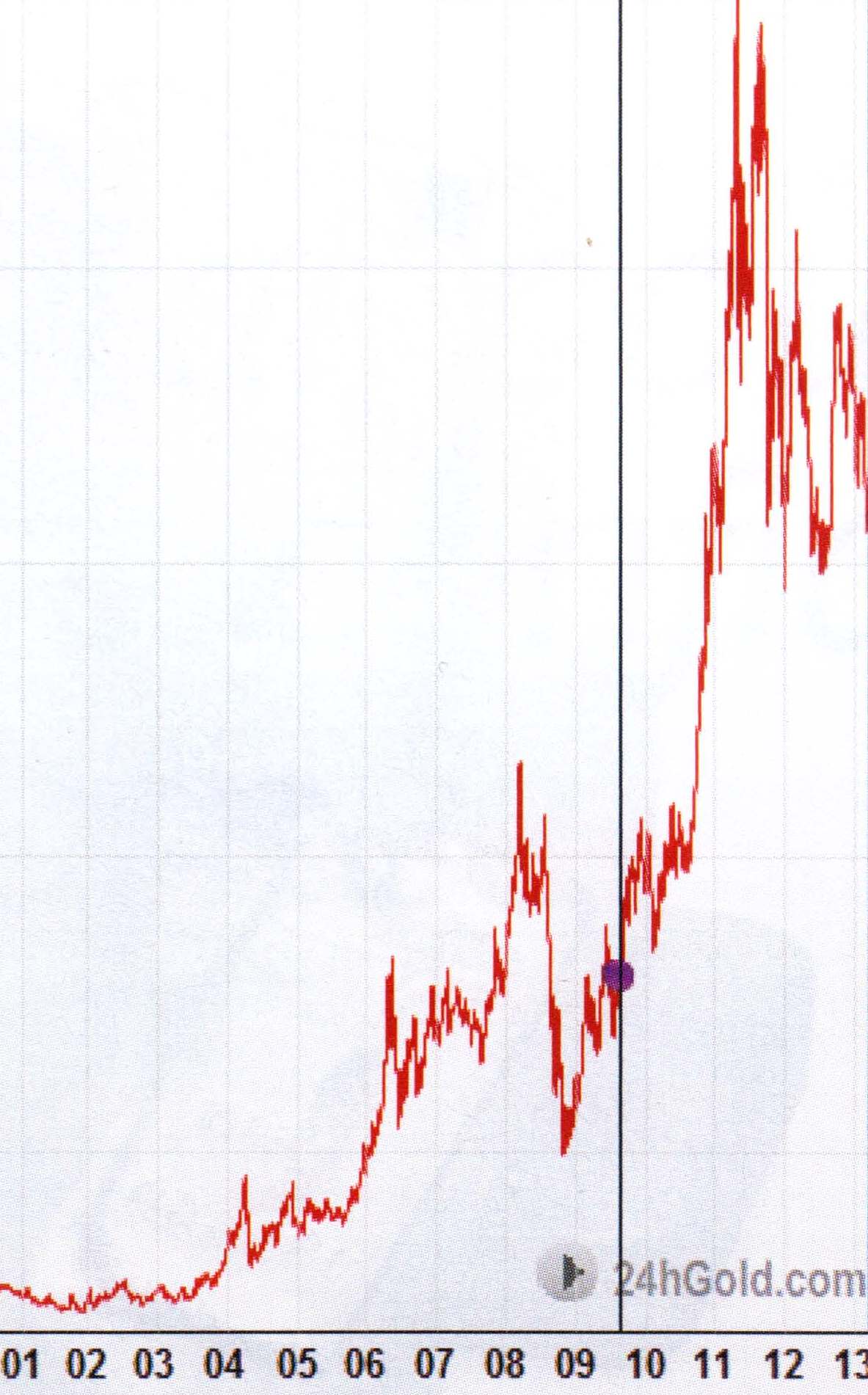 Many sceptics today believe that this relationship is impossible. Yet the upside potential of silver is considerable, as is the need for silver. In fact, the massive industrialisation of the post-war years led to a boom in the need for silver. The reason why industrialists systematically turned to silver was simple: the US Treasury sold its stock of several million ounces at once to keep the price of silver below its "monetary value". The reasons for these subterfuges are essentially economic. The dollars were marked, in small print of course, "silver certificate" and "to be paid to owner on demand". In other words, the American government had every interest in using these manoeuvres to maintain the value of its currency and, above all, to keep its industry strong.
Many sceptics today believe that this relationship is impossible. Yet the upside potential of silver is considerable, as is the need for silver. In fact, the massive industrialisation of the post-war years led to a boom in the need for silver. The reason why industrialists systematically turned to silver was simple: the US Treasury sold its stock of several million ounces at once to keep the price of silver below its "monetary value". The reasons for these subterfuges are essentially economic. The dollars were marked, in small print of course, "silver certificate" and "to be paid to owner on demand". In other words, the American government had every interest in using these manoeuvres to maintain the value of its currency and, above all, to keep its industry strong.
Today, even if silver metal has been definitively detached from the monetary system since 1967, when US President Nixon announced the end of the gold standard, many veins have been exhausted. Over 671 million ounces are produced every year. Only Mexico still uses silver metal in very small quantities for its currency. At the current rate of consumption, silver is expected to run out between 2021 and 2037. These dates may seem light years away to you. But time passes more quickly than you might think. After all, the changeover to the euro doesn't seem that far away; that was 11 years ago, on 1 January 2002.
We are in the Silver Age in the truest sense of the word. As consumers, you can always object that we are no longer in the days of the Spanish conquests and that we now have our beautiful banknotes. So we don't need money any more.
This is a serious mistake, because nothing has changed. Silver is still used for industry (70% of demand), jewellery and photography. Ten years ago, silver photography was the second largest market for silver in the world, accounting for just over 40% of demand, with some 10,000 tonnes produced annually. Did you know that you are in possession of silver without even knowing it?
Silver is used in the automotive industry for its strength, but above all because it is an excellent conductor of electricity. You need silver to start your engine, to roll your windows down or up, to control your electric seat, and so on. And let's not forget your antifreeze, made from a silver derivative.
Overall, just over 35 million ounces a year are used in the automotive industry. Given that around 2 million new vehicles are sold in France every year, and that specialists have estimated that 27 million cars will be sold in China in 2018, silver still has a bright future ahead of it!
This industry affects many other fields, such as IT. While you might say that you don't own any motorised means of transport, it's highly unlikely that you don't own a computer, touch-screen tablet or smartphone/mobile phone. In these products too, silver is chosen as the conductor of electricity and its malleability. In our 2.0 world, we are constantly connected via our new technological gadgets - smartphones, PCs, tablets, etc. The constant renewal of these products encourages us to consume more and more silver metal.
The result: in 2011, more than 352 million computers were sold worldwide. In 2012, almost 129 million touch-screen tablets were sold, and since 1 January 2013, no fewer than 144 million computers have been purchased. These impressive figures are constantly rising, particularly for smartphones, where sales are exponential: 720 million in 2012, with a predicted increase of 35% for 2013. Mobile phones set the record with 1.7 billion sold in 2012. Silver is found in batteries, keyboards, the tiniest components and chips. The white metal content varies from site to site and from report to report. It seems that a computer contains between 1.25g and 3g of silver, and a telephone between 0.35g and 1g. The calculations are simple. As demand for computer hardware continues to grow, so will the consumption of silver. And there's one small element that corroborates this: the RFID chip. We don't know much about this obscure name, yet you no doubt use it on a daily basis. It's a contactless traceability tool that you'll find in the management of CDs, Blu-Rays, DVDs, book parcels, various objects and even animals. If you have a public transport season ticket in the form of a card, it probably has one of these chips. Of course, 10.9 milligrams of silver metal are present. Tiny you think? Not really, because this market is booming. 126 chips are sold per second, or around 3.98 billion over the course of a year. It's a $7.5 billion market that will quadruple between 2012 and 2022, and all these silver components are not recycled, if at all.
Insidiously, silver and its derivatives make up our daily lives. Silver is found in plasma screens and televisions, plastics, varnishes, paints, fridges and other household objects, plasters, most medicines, air conditioning and food cans, batteries and even mirrors, not to mention the plating on the lower strings of guitars... just a small part of a long list comprising more than 10,000 applications. Yet recycling is out of the question. Its virtues and properties are irreplaceable. Very little silver is recycled, and natural reserves are melting fast. According to sources at the Silver Institute, there are between 270,000 and 500,000 tonnes of silver left on (or in) Earth, which is very little. We are therefore dealing with a rare commodity that is nonetheless essential to our daily lives.
Money has become an essential commodity for our future.
Not only is it used in the pharmaceutical industry for its biocidal and bactericidal properties, and in medical imaging, it is also used in textiles (to create 'anti-infection' and anti-odour garments) and above all in the field of sustainable development and the search for new clean energies. Water is undoubtedly the most vital commodity for our survival and, without the slightest hesitation, the most threatened; pollution and global warming are no strangers to this. Thanks to the principles set out above, silver can rid drinking water of bacteria, pests and odours. It could even replace the use of chlorine, which is harmful to health, and also eliminate the microbes in the water responsible for disorders such as Legionnaires' disease.Researchers are working on the virtues of silver, which could help to improve purification systems. Silver, like water, is an essential resource for our lives. It also contributes to the development of green energy, since silver is a component of solar panels (photovoltaic). One panel uses around 20g of silver. Orders for these products have literally exploded, mainly because of (or thanks to?) China, which buys almost a third of the world's production. Demand for silver metal has risen from one million ounces in 2002 to 60 million ounces in 2011. The solar industry requires 11% of silver demand. These figures are rising steadily as a result of various disasters and legislation on ecological standards for private homes.
In 2014, industrial demand for silver metal is set to rise to a peak of 511.6 billion ounces.
Silver metal is also an investment. It is valued for its intrinsic value, its ability to withstand neither hyperinflation nor devaluation, and its fungibility (it is easy to resell, exchange and transport). For these reasons, as well as its obvious scarcity in relation to growing demand, silver is an excellent medium- to long-term investment. Indeed, the volatility of prices and their manipulation by governments and major banks prevent short-term speculation. These strangleholds on prices are nothing more than a repetition of the events of the early twentieth century, as described above. The powers that be manipulate metal prices to maintain faith and interest in fiat money. If prices reflected the real value of money, we would see a real flight of currencies. However, when the reserves are exhausted or when they can no longer meet such demand, in a future estimated at around 10 years, all this 'rigging' will collapse like a house of cards.
So, when you buy silver, you are taking out a kind of insurance for your future and you are protecting your capital and your assets in the long term.
It's also the perfect time to buy: the price of silver has undergone a correction of more than 20% since January 1, 2013. If this fall has made silver holders pale, it is delighting new investors who can thus acquire them at a lower cost. Don't panic though. The price of silver can only go up; it's all a question of patience. So, a little advice, when you invest in silver, don't watch the price every day! Let your stock mature, only think about it when prices soar, which will happen. In the meantime, take advantage of this great government subsidy that is the undervalued price of silver and invest!
You can invest in silver in two ways: by purchasing physical silver like coins and bars or by purchasing paper ETFs (dematerialize) stating that you own x ounces of silver (in very simplified!). These ounces of silver belong to you fictitiously and allow you to speculate. It is possible to request the return of the money you purchased on paper, but the delays are very long and your request is not sure to be processed. It is very rare to be able to recover physical silver simply with these papers, because a physical silver bar is sold on average a hundred times on paper. According to some sources, more than 800 tonnes of silver ETFs are issued per week. It would of course be impossible to satisfy everyone who wants to be delivered in physical silver.
Investing in this type of silver carries the risk of never seeing the silver color of the metal. It is therefore recommended for Traders but not for those who want to secure their long-term future. This is all the more true as deliveries of silver metal are struggling to be made, because the supply of very large quantities is becoming problematic. These concerns appeared in particular from October 2008 until January 2009, during the Greek crisis in May 2010, at the beginning of 2011 as well as at the time of the Cypriot events.
From the perspective of protecting your assets, it is therefore widely recommended to opt for the reliability of physical metal compared to the volatility of ETFs. However, even when purchasing physical bars and coins, one must remain vigilant. It is important to ensure the origin of the metal and the services that the trading company is able to provide. Buying silver is not a trivial act. When you buy a house, you immediately think about resale possibilities, you check the environment, local services, the value of the property... For an investment in metal, the process is identical. You should also consider whether to have your bars at home or to store them in storage. Keep in mind that 50% of burglaries and other break-ins in Europe relate directly to precious metals. At the same time, if you decide to have your metals stored, a few elements must be checked: your metals must be allocated to you by name. You must be able to pick them up or request them at any time and the stored quantities must be checked regularly by experts. Some companies will store in free zones, others in private coffers. As long as the elements previously stated are respected, it is only a question of choice on the part of the buyer.
We recommend investing in the Maple Leaf, the purest silver coin in the world (99.9% pure silver) or the Silver Eagle, the most popular, or in bars (preferably the 1kg silver bar). ; more attractive weight/price ratio than ingots). Money has fallen sharply, so it’s a good time to adorn yourself with money!
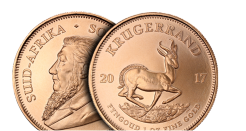
& storage
Author : Sophie BUKOVATZ
Source : www.actionfuture.fr/
Comments
Tout a fait le genre d'idee dont je me fesait du sujet, merci bien pour cette excellent billet

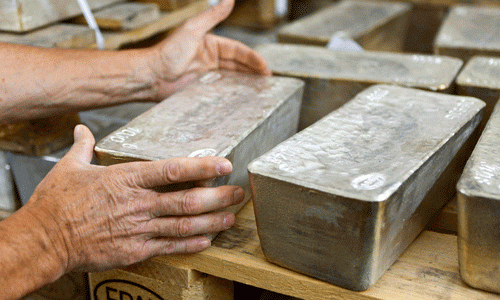
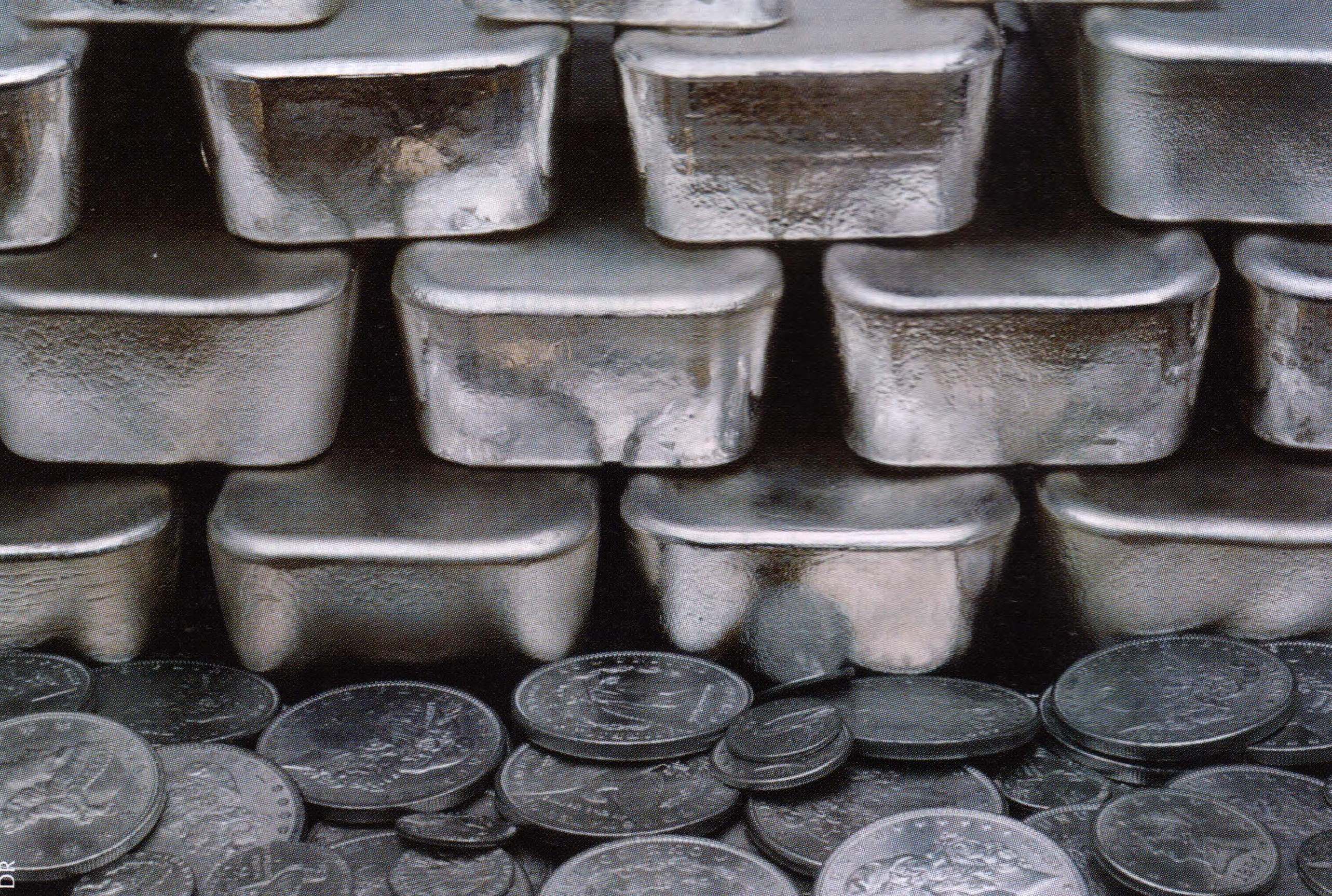

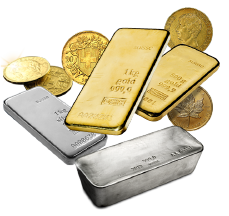
Compliment, c est un regale de vous suivre